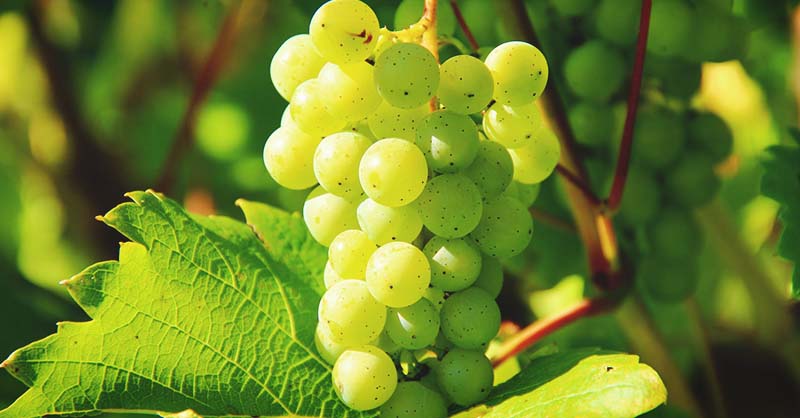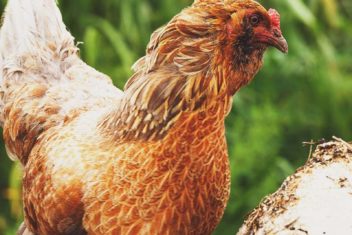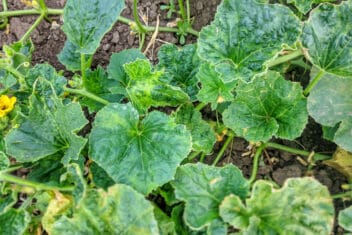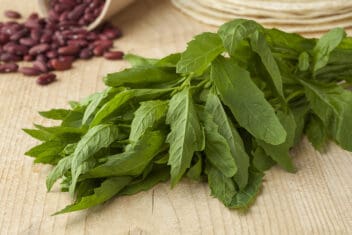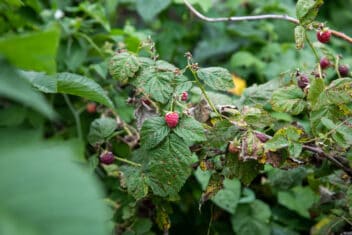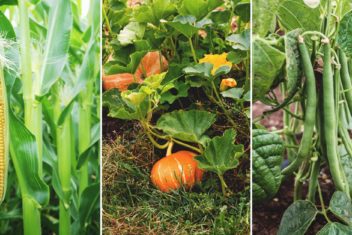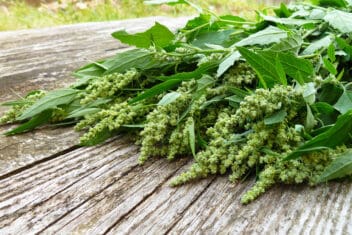Learning how to prune grape vines is crucial if you want your vines to be healthy and productive. Some vines out there can be left alone or only need light pruning, but that’s not the case for grapevines.
When left unpruned, grapevines become a tangled mess that looks unsightly and doesn’t produce enough fruit. Next to providing adequate support, pruning is one of the most important things you can do for your plants.
You don’t want to be shy when pruning your vines, either. You can cut them back by 90%, and they’ll be more productive than ever. You can’t attack vines randomly, however. There’s a science of how to prune grape vines, and we’ll show you how to get it done.
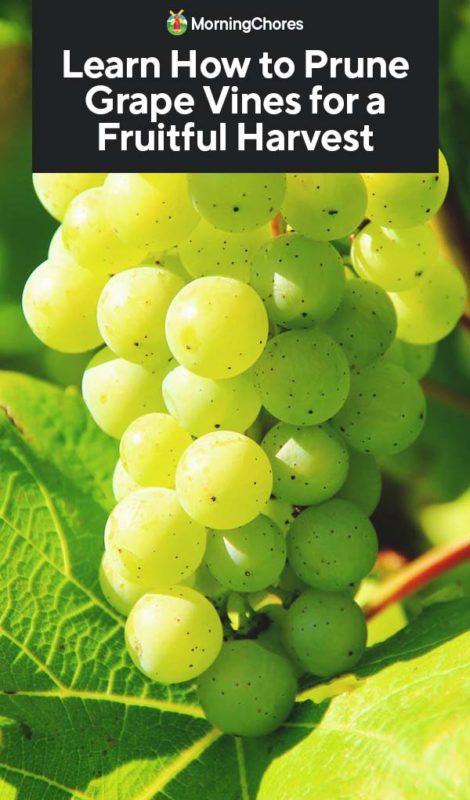
Why Pruning Grape Vines is Important

Pruning grape vines isn’t something you do for cosmetic reasons. Grape vines produce fruit on one-year-old wood, and that’s it – seriously. If you don’t prune your vines, you won’t get much fruit.
When the plant sprouts in the spring and grows a new shoot, that shoot turns from green to brown at the end of the growing season. That brown growth is one-year-old wood. The next spring, some of the buds on that one-year-old- wood will grow flowers that develop into fruit, and some will create leaves or shoots of new growth.
Pruning grape vines maximizes the amount of one-year-old wood on your plant without encouraging it to develop more grape clusters than it can feed. It also forces the vines to grow in a shape that is conducive to harvesting,
Pruning also keeps vines within a manageable size to support. Grape vines can reach enormous proportions. There is no limit to the size vines can grow. Also, there is no end to the number of branches that can be established on the vines. Pruning is the only way to keep it all in check.
The Two Types of Pruning
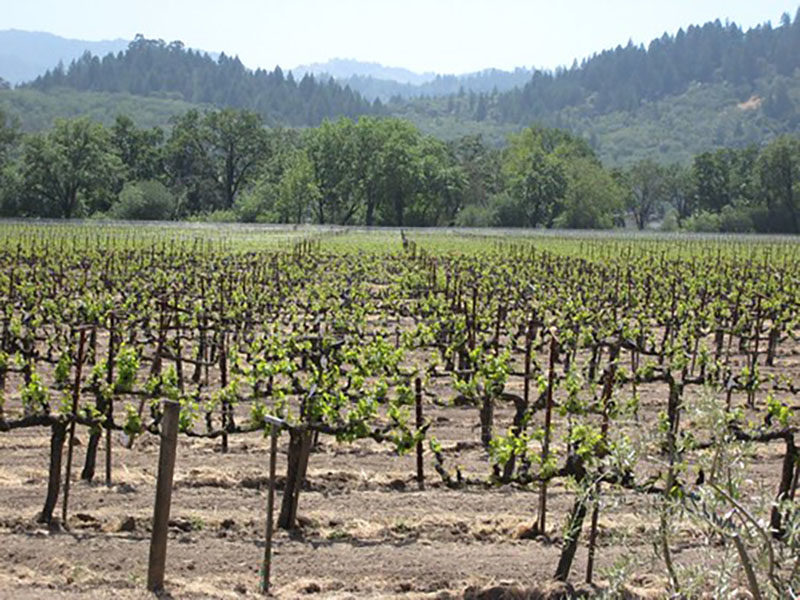
While there are several ways to prune, there are two main ways for adult plants. Young plants need to be trained and specially pruned until they’re four years old. Adult plants are best pruned using cane pruning and spur pruning.
Cane Pruning
Cane pruning is best for varieties with low natural fruitfulness. You need to replace the one-year-old wood annually so that new shoots will form and produce fruit. This type of pruning requires you to make smart choices about each vine.
Spur Pruning
Spur pruning is for those varieties that have high natural fruitfulness. Many popular grape varieties are spur pruned. It’s easy to do and easy to learn, especially if the vines are trained on fences or trellises.
When to Prune Grape Vines
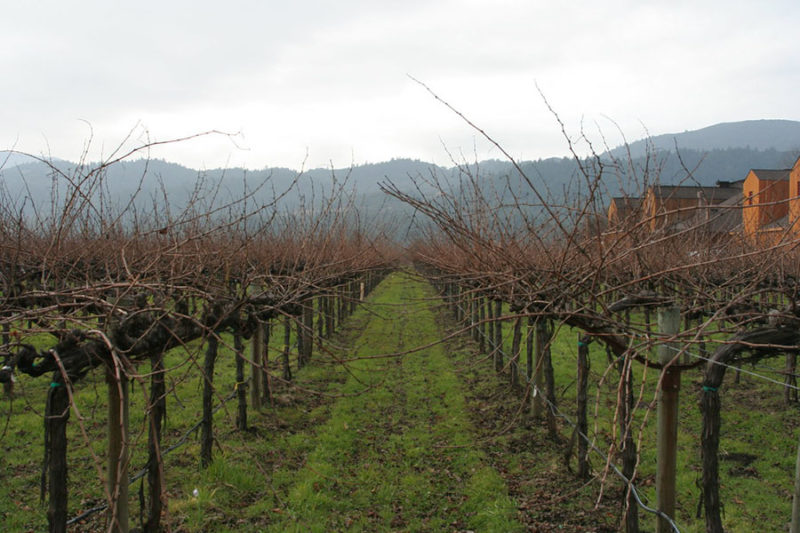
You should prune mature grape vines during their dormancy phase, which is in the late winter, from January through the first of March in most areas. Warmer climates don’t have a large window of opportunity, so you should complete pruning by mid-February. Colder climates have a broader period to work with but make sure you prune before the vine shows signs of new growth.
During the first two years of growth, pruning takes place while the plant is still actively growing because it encourages new shoot development in proper locations. Pruning helps to discourage shoot development on the trunk of the vine.
The Proper Pruning Tools
A good pair of pruning shears is an essential tool for getting the job done. Using the wrong pruners can be devastating to the plant. The tool must be able to make a clean cut on the vine because this causes the least amount of stress. Also, the less exposed surface area, the better to avoid disease-causing organisms.
In some cases, you might also need loppers, and a small pruning saw. If the vines have been neglected for several years, the wood will be thick and difficult to cut with a pruner. You only need these tools if you’re working with overgrown vines, however.
Keep your pruning tools as clean as possible to avoid transferring disease. If you’re pruning several plants, wipe the tools down in between each one to prevent cross-contamination that might spread a disease from one vine to the next. After you finish pruning, sterilize your pruning equipment by dipping the blades into a solution of isopropyl alcohol or bleach.
How to Prune Young Grape Vines
One of the biggest mistakes people make when pruning grapes is not pruning them hard enough. Home gardeners are often too delicate, which means their plants won’t have adequate fruiting.
It’s easy to understand why you’d want to be cautious. It seems counterintuitive to remove so much of the plant, but it does promote better fruiting, so don’t hold back when you prune! Your goal is to cut off as much of the old wood as possible to encourage growth.
How you prune your grape vines will differ based on how old the vine is. It takes around three years for the plant to bear fruit, and each year, the plant needs to be pruned for optimal plant growth and health.
First Year Pruning
The goal in your first year of pruning grape vines is to encourage more growth along the length of the vine and stop it from becoming bushy. It’s the time to establish the trunk of the vine, which is important for future growth. Follow the steps below:
- Cut off all lateral shoots that form from the vine, but avoid cutting too many leaves because they provide energy for growth. Leave the most vigorous shoots and cut the rest back flush to the main trunk.
- Cut each shoot back to two or three buds above where it started growing from the main truck the previous spring. This step helps to encourage healthy growth in the coming spring.
- Now that the main trunk shoot is looking good, tie it to the trellis using plant tape or twine. Continue to remove any other shoots that might appear during the growing season.
- If your grapevine reaches the top of the trellis, pinch the top of the vine and let two lateral shoots grow and spread out in either direction over the top of the support structure.
Second Year Pruning
By the second year of growth, the vines will be at the top of the support structure, which means you need to pinch the end of the top to stop it from getting taller and encourage two lateral shoots if you haven’t already. The goal of pruning this year is to establish and train the two lateral shoots to climb along with the structure.
If you were able to pinch and create the two lateral shoots during the first year, now the goal for the second year pruning will be to allow these two shoots to grow but trim off any other lateral shoots that sprout from the trunk of the vine. Here’s how to make that happen:
- During the winter, cut the main shoot back to a few inches below the first support of the trellis.
- When spring arrives, you’ll find several shoots that sprout from the buds below the cut that you made in the winter. Select the two most robust and tie each shoot to a different side of the trellis support. Remove the rest of the shoots by cutting them flush with the main trunk.
- Remove any flower clusters that appear because they remove energy from the plant that can be used for vegetative growth. Your vines won’t start growing fruit until the third year.
- Keep an eye on the lateral shoots as they grow. When they reach the length that you prefer, pinch off the ends which will encourage tertiary shoots to fill the rest of the space.
- Trim back the woody canes from the previous year. Cut each cane back to either the renewal spur – which is any cane pruned back to one to five buds – or a fruiting spur with multitude nodes.
Third Year Pruning
Now you’re three years into pruning your grape vines. Instead of pruning during the active growing season, you need to prune in the late winter when the plant goes dormant. Cut the one-year-old wood back to the multi-noded fruiting spurs.
Experts advise that you should prune 80-90% of the year-old wood and leave 40-50 fruiting nodes each year. Here are the steps:
- Each winter, thin out the shoots that grow from the lateral branches that you trained over the trellis support system. There should be one shoot every 6-8 inches.
- Cut any remaining shoots back to 6-8 inches in length. The grapes will develop on these short stubs.
- Remove any shoots that grow out from the main trunk or that sprout from the root area.
- Throughout the year, make sure you train new shoots to grow on the trellis support. Cut the end of the shoots that grow beyond the trellis support.
How to Prune Mature Grape Vines

From here on out, pruning the grape vines means removing most of the mature wood as you did during the third year of pruning. This type of pruning encourages new shoot development and good fruit production.
Spur Pruning
To spur prune, remove most of the cane growth, leaving 2-6 buds. The remaining bit of growth is called a spur. Repeat this step every year in the winter.
Cane Pruning
To cane prune, select four canes at the head of the vine that are large and healthy. Remove all other canes, leaving these four. Then, select the two healthiest canes and prune back to 15-20 buds. For the other two canes, prune them back to 2-4 buds. Repeat this process every year.
Learning How to Prune Grape Vines is Important
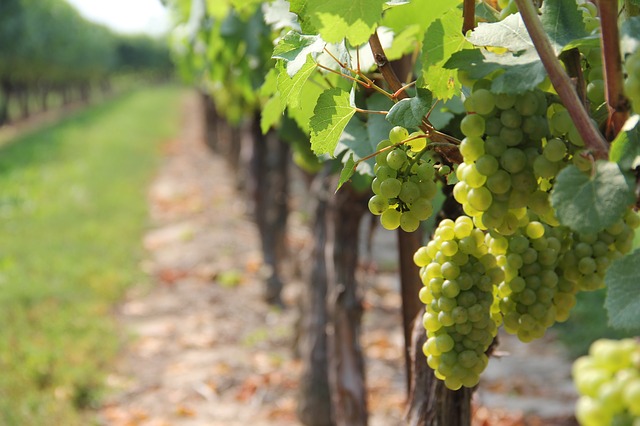
If you want your grape vines to thrive you need to learn how to prune grape vines. Grape vines are forgiving, so don’t be afraid to prune more of the shoots and wood than you think is necessary. When you prune correctly, the vines will produce grapes for years to come.

